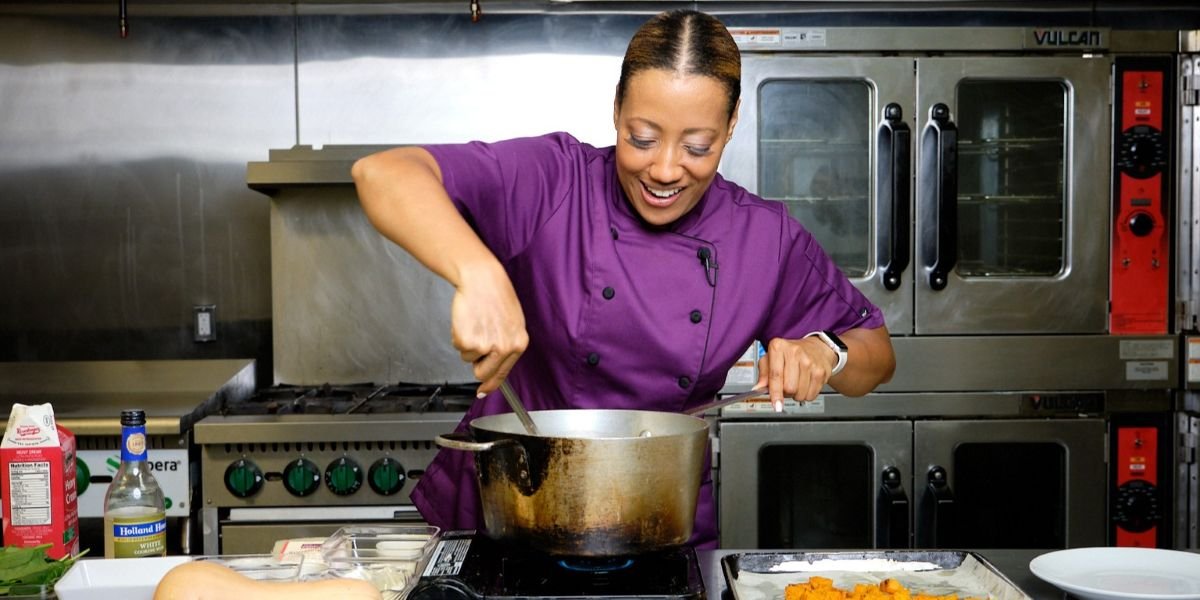Why Is Inclusive Beauty Essential for People of Color?
Inclusive beauty has become a pivotal movement in the cosmetics industry, emphasizing representation and accessibility for people of color. Historically, makeup brands often overlooked the diverse range of skin tones, leading to limited product options for many consumers. This gap not only affected purchasing choices but also impacted self-expression and cultural identity.
The significance of inclusive beauty lies in its ability to acknowledge and celebrate diversity. For people of color, makeup is more than aesthetic; it’s a tool for empowerment, cultural pride, and personal storytelling. By championing inclusivity, brands contribute to dismantling longstanding industry biases and stereotypes.
Moreover, inclusive beauty promotes fairness in product development and marketing. It ensures that formulas, shades, and advertising resonate authentically with varied audiences, fostering connection and loyalty. This shift benefits consumers by expanding choices and pushing quality standards higher. Inclusive beauty is thus not just a trend—it’s a necessary evolution reflecting societal values of equity and respect.
Read Also: Unisex Fashion: Why Everyone is Embracing Gender-Neutral Style
How Are Makeup Brands Addressing the Needs of Diverse Skin Tones?
In recent years, makeup brands have made significant strides toward serving people of color by expanding shade ranges and developing products tailored to diverse skin characteristics. The launch of foundation lines offering dozens of shades, from very deep to light with varying undertones, exemplifies this progress.
Brands are also innovating beyond shades. Formulations now consider differences in skin texture, oiliness, and pigmentation challenges common among people of color. For example, foundations designed to prevent ashy or gray undertones help ensure a natural look. Marketing campaigns increasingly feature models and influencers representing a spectrum of ethnicities, body types, and cultural backgrounds. This visibility fosters a sense of belonging and validation for consumers.
Some brands collaborate directly with communities and experts to understand unique needs better. This customer-centric approach results in more relevant products and messaging, building trust and engagement. Overall, these efforts signal a growing recognition that beauty is multifaceted and inclusive makeup must reflect that complexity.
What Challenges Remain in Achieving True Inclusivity in the Beauty Industry?
Despite progress, the journey toward fully inclusive beauty continues to face challenges. One key issue is that not all brands have committed equally to diversity, with some offering limited shades or token representation without substantive product innovation. Colorism within the industry can also affect inclusivity, where deeper skin tones may still receive fewer high-quality options. The lack of diverse professionals in product formulation, marketing, and leadership roles may contribute to these gaps.
Price and accessibility present further barriers. Inclusive products often carry premium price tags or remain unavailable in certain markets, limiting reach among lower-income consumers or those outside urban centers. Education is another challenge. Consumers need accurate information on product selection and application tailored to their skin types and tones. Without this guidance, even the best products can fail to meet expectations. Addressing these issues requires ongoing commitment, investment, and genuine dialogue with communities of color to move from surface-level inclusion to systemic change.
How Are Consumers Influencing the Evolution of Inclusive Makeup Brands?
Consumers have become powerful agents driving change in the beauty industry. Social media platforms provide spaces where people of color share experiences, reviews, and tutorials, highlighting gaps and celebrating brands that get inclusion right. Vocal demand for diversity has pressured companies to diversify offerings and improve transparency. Many brands now seek direct feedback through surveys, influencer partnerships, and community engagement initiatives. Consumer activism also spotlights issues such as cultural appropriation, unfair marketing, and misrepresentation. This scrutiny encourages ethical practices and accountability.
Additionally, purchasing power plays a critical role. People of color represent a significant and growing share of the cosmetics market, influencing brand priorities and product development. This shift toward consumer-led inclusivity fosters innovation and responsiveness, ensuring makeup brands remain relevant and respectful to all users.
Read Also: Dawn Pfingsten Simplifies Daily Makeup for Mature Women
What Does the Future Hold for Inclusive Beauty in Makeup?
The future of inclusive beauty promises continued growth, innovation, and deeper cultural integration. Emerging brands founded by people of color bring fresh perspectives and authentic narratives, expanding representation beyond traditional norms. Technology will further personalize beauty experiences, with AI-driven shade matching and virtual try-ons making it easier to find the perfect products.
Sustainability is also becoming part of inclusivity, as consumers seek ethical sourcing and environmentally friendly packaging alongside diversity.
Education and collaboration will deepen, with brands partnering with professionals and communities to co-create products that truly meet diverse needs. Inclusive beauty will evolve into a standard rather than a niche, reflecting a world where every skin tone and identity is valued equally in the realm of self-expression.








